John (“Johan” until he moved to England) was born in Långban, Värmland, Sweden on July 31, 1803, the youngest of three children of Britta Sophia Yngström and Olof Ericsson. The family moved to Västergötland where Olof was employed as an engineer on the construction of the Göta Canal from about 1810. In 1815 a technical school was started on the site to teach practical canal construction. John and his older brother, Nils, were enrolled. At age of 12 he started working in the drafting office and by the age of 15 he was directing the staking out of the eastern canal line.


The Inventor
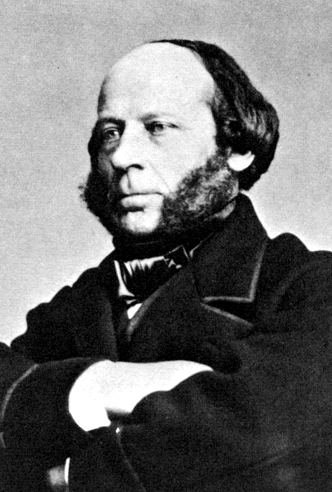
In 1820 he joined the Swedish Army in Östersund, Jämtland, received officers education and training, and worked as a military engineer and cartographer. While in the army he began developing a hot air “caloric” engine as an alternative to the steam engine. He applied for a Swedish patent in 1826 and continued to develop improvements and new models throughout his life. In 1826 Ericsson was granted a leave of absence from the army and emigrated to England. He was commissioned a Captain in the Army of Sweden on October 3, 1827 while he was in England, and used the title for the rest of his life although he resigned from the army almost immediately. He did not return to Sweden during his lifetime.

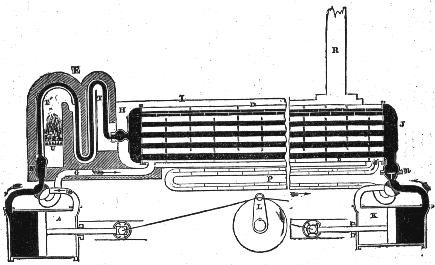
In England he formed a partnership with John Braithwaite. Together they built the steam locomotive “Novelty” and a steam fire extinguisher that was purchased by Berlin, Germany, and received an award from the City of New York. Ericsson continued his work as an inventor and received many patents including a depth finder accurate to 600 feet, a “regenerator” for his caloric engine, a rotary steam engine, and the marine “screw” propeller. He developed and built the “Robert F. Stockton”, the first marine “screw” propeller-driven iron steamship to cross the Atlantic Ocean, in 1839. Following this success he departed for the United States, arriving in New York, November 23, 1839, where he resided for the rest of his life.

In 1840 Ericsson met with Cornelius H. (“Harry”) Delamater, a partner in the Phoenix Foundry in Brooklyn. Ericsson worked with the Delamater Iron Works, successor to Phoenix Foundry, for the rest of his life. There, he built models and full-scale versions of his inventions. New York shipbuilders ordered two small screw steamers from Ericsson and soon there were twenty-four boats of various sizes powered by his engines and propellers.

Ericsson designed the USS Princeton, the first propeller-driven steam warship of the US Navy and supervised construction of the hull and engine. Construction began in 1842 at the Philadelphia Navy Yard. He continued to work on his "hot air" caloric engine and in 1851 he patented a new design on which his caloric ship, the Ericsson, was built. In trials, in 1853, the Ericsson could not match the speed of existing steam powered vessels and was later converted to conventional steam power. In spite of this, Ericsson long referred to the caloric engine as his most important achievement.


John Ericsson is perhaps best known and memorialized for his design of the ironclad warship, Monitor, for the US Navy. The ship was launched successfully on January 30, 1862 within 100 working days of signing of the contract for its construction. The Monitor had many innovative features: it was semi-submerged and it had a revolving turret which allowed its two cannons to be trained on a target without turning the ship. Ericsson personally supervised its complete assembly in Greenpoint, Brooklyn. On March 9, the Monitor stopped the Confederate ironclad Virginia (better known by its original US Navy name, the Merrimack) off Hampton Roads, VA during the Civil War. For this, the Congress of the United States passed a resolution praising "Captain John Ericsson for his enterprise, skill and energy in the construction of the Monitor that so opportunely came to the service of the fleet at Hampton Roads" and thanked him for service rendered to the country. He was hailed as a hero by people from all walks of life.

On December 31, 1862 while being towed in rough weather, the Monitor sank off Cape Hatteras with a loss of sixteen men. In spite of this misfortune many Monitors were built in later years for the United States and navies of other countries. Sweden's first Monitor, named the John Ericsson, was completed in 1865. Ericsson later designed a naval vessel called Destroyer that was equipped with his invention, the torpedo. The only Monitor remaining today, Sölve, is in the Maritime Centre in the harbor of Gothenburg, Sweden. Ericsson gave much time to designing instruments of war in the belief that he could construct weapons so lethal that they would end all wars and force people to live in peace.
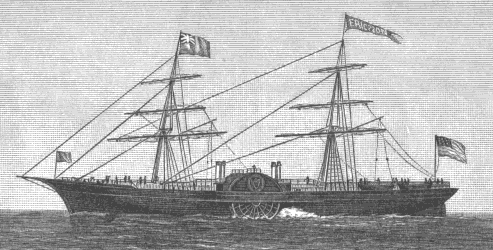 Ericsson continued his research and invention activities related to engines and maritime propulsion systems. He explored such energy sources as solar, tidal, wind and gravitational power, explorations with relevance to the enduring energy needs of society. In 1876 he compiled and had printed "Contributions to the Centennial Exhibition", a book to describe his many contributions to scientific and technological progress. He believed that he had been slighted when he was invited to display only one of his many inventions at the Philadelphia Centennial Exhibition.
Ericsson continued his research and invention activities related to engines and maritime propulsion systems. He explored such energy sources as solar, tidal, wind and gravitational power, explorations with relevance to the enduring energy needs of society. In 1876 he compiled and had printed "Contributions to the Centennial Exhibition", a book to describe his many contributions to scientific and technological progress. He believed that he had been slighted when he was invited to display only one of his many inventions at the Philadelphia Centennial Exhibition.The Man
While in England Ericsson received recognition for his work and inventions but he also experienced financial reverses. On May2, 1832 he was imprisoned for debts and was forced to give up all of his English patent rights in payment. However, in 1851 and residing in New York, he exhibited eighteen inventions in the London Crystal Palace Exposition and received a prize for his distance finder.

He married Amelia Byam in England on October 15, 1836. She made several trips to New York and lived with him there for some years. Although they were on good terms, corresponded regularly, and he supported her, they lived apart for most of their married life. She died in England in 1867 at the age of 49 years. They had no children. John Ericsson had a son, Hjalmar, born 1824, who was reared by Ericsson’s mother. Hjalmar was enrolled in a military school in Gothenburg in preparation for infantry exam., according to Ericsson’s plan. But the boy, like his uncle Nils, John Ericsson’s elder brother, became head of the Swedish Railways. John and Hjalmar met briefly in New York in 1876 when John was 69 and Hjalmar, 48 years of age. Hjalmar died, July 12, 1887 and John, March 8, 1889. Ericsson once wrote to his brother Nils "My success and happiness in the world demanded that I would not be bothered by a wife and children, who had full rights to live with me".

Ericsson emigrated in 1826 but he remained in touch with Sweden. He corresponded with friends and family members, subscribed to several Swedish publications, and read the daily newspaper "Göteborgs Handels- och Sjöfartstidning". He had translations of his articles published in Sweden and personally checked the quality of the translations. Some of the translations were made by his son.

From an early age Ericsson was devoted to his work. He was never easygoing but in his early years he was said to enjoy food, drink, theatre, and good company on occasion. He had friends whose company he enjoyed and with whom he corresponded over the years. In England he formed a successful partnership and in America he worked with Harry Delamater from the year after his arrival until the end of their lives, both in 1889. Samuel W. Taylor, an immigrant from Scotland, was his secretary for 36 years. Draftsmen and copyists worked for him for many years but over time he became something of a recluse.
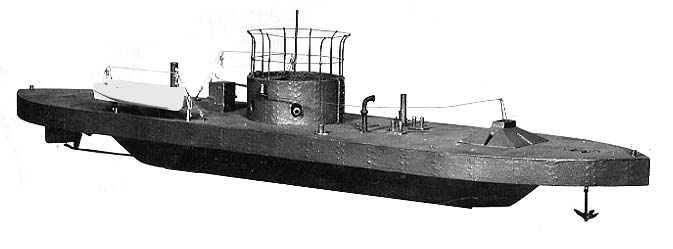
John Ericsson believed in physical fitness, he exercised daily, took long walks in the evening and maintained a regular daily schedule: He arose at 7 am; allowed 20 minutes for breakfast at 8:30 and 45 minutes for dinner at 4:30; bedtime at midnight. "Apart from the two meals there is no deduction from the 17 hours of activities. No alcoholic drinks, only ice water, except on social occasions when others are present to prevent the charge of being a teetotaler.” He ate copiously, not unusual at that time: He never ate fish or had soup.

New York City was proud of John Ericsson. On July 31, 1883, his 80th birthday, a chorus serenaded him from the street. On four occasions New York City arranged parades down Broadway in his honor after his death on March 8, 1889;

March 11, 1889: The funeral cortege went from his house at 36 Beach Street to Trinity Church for funeral rites and then to Marble Cemetery for his temporary interment;

August 23, 1890: His remains were taken from Marble Cemetery in cortege to Battery Park for transfer to Sweden by the new cruiser "Baltimore". There was a naval salute and great pageantry in the harbor;
April 26, 1893: A lively procession from Union Square down Broadway to Battery Park for unveiling of a bronze statue of Captain John Ericsson, with elaborate naval exercises in the harbor;

August 1, 1903: The sculptor Jonathan Scott Hartley, remodeled the first statue. There was a parade and full unveiling ceremonies of the monument together with naval salute and maneuvers.

Each year on July 31, his birthday is still commemorated and a wreath is placed at his monument in Battery Park, New York City.
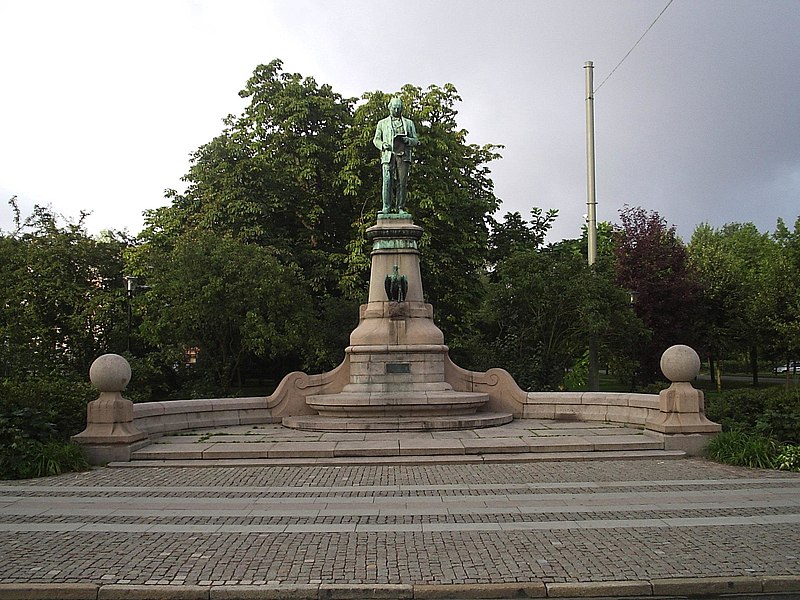
He rests in the John Ericsson Mausoleum in Filipstad, Sweden.

Taken from: http://www.johnericsson.org/history.htm [31.07.2013]


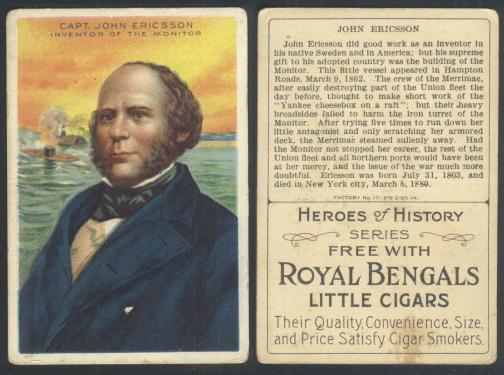

No comments:
Post a Comment